 Photo ©
Keith Williams
Photo ©
Keith Williams
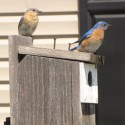
New Photo Sharing Page
Give us your best shot! Now you can submit photos and videos of nesting birds directly to the NestWatch website, where they will be displayed in a beautiful gallery. Share your favorite photos with our scientists, your friends, and other NestWatchers by simply going to our online gallery and uploading your work. You don’t need a NestWatch account to submit photos, but if you’re logged in, photos will automatically be associated with your NestWatch User ID, and therefore, with your data.
Simply visit our submission page, and log in with your NestWatch ID or as a guest. Upload up to five photos at once, or enter links to videos (videos must be hosted on a service like YouTube or Flickr). Give your submission a brief description, and you’re done. You can also browse submissions from other NestWatchers by category, species, or location.
Relive the magic of the nesting season, get answers to your questions, and see what’s going on around the country in one friendly, simple site.
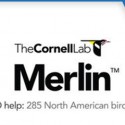
Free Merlin Bird ID App
Information overload is the bane of the beginning bird watcher—as anyone knows who has ever flipped through 40 species of sparrows in a field guide. What if an app could quickly tell you which birds are most likely to be around based on your location, date, and a brief description? Not just which birds theoretically could occur near you, but which birds are actually reported most often by other birders. That’s what the Merlin Bird ID app does. And it’s free—because we want to make bird watching easier for everyone.
Merlin Bird ID covers 285 of the most common birds of North America (with more on the way). In addition to help with ID, it contains expert tips, more than 1,400 gorgeous photos, and sounds for each species. It’s available now for iPhone and other iOS7 devices, and it’s coming soon for Android.
- Download Merlin Bird ID from the App Store
- Get more details at the Merlin website
- Android user? Sign up for notification when it’s ready
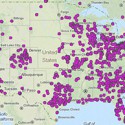
NestWatch 2013: Year In Review
Happy New Year, NestWatchers! Now that 2013 has come and gone, it’s time to look back and see what went down in nests across the country last year. In total, 15,340 nest attempts were monitored by 1,629 NestWatchers in 49 states. (We have yet to see any Hawaiian nests entered.)
A total of 147 species were monitored, which collectively laid 52,852 eggs. Of those that hatched, NestWatchers counted 36,309 fledglings last year. Below, we list the top species monitored and the newcomers to the flock:
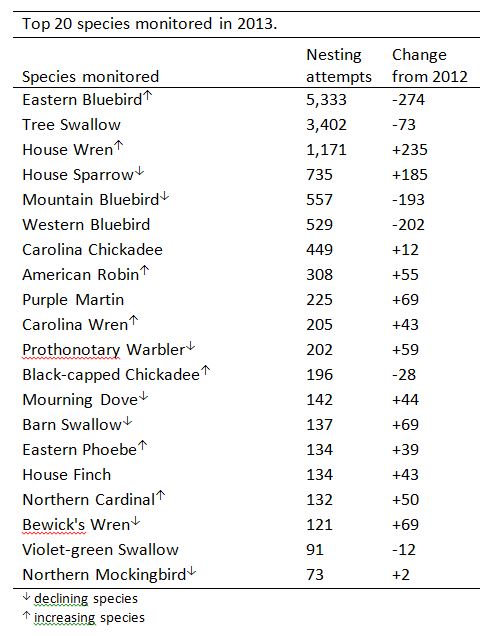
Top 20 species monitored in 2013.
Eastern Bluebird continues to lead the pack, while Mountain and Western Bluebird have dipped below House Sparrow. This could be due, in part, to House Sparrows being previously under-reported. Wood Duck is notably absent from the top 20 for the first time in history (coming in at #24). Arrows indicate overall population trends according to the North American Breeding Bird Survey.
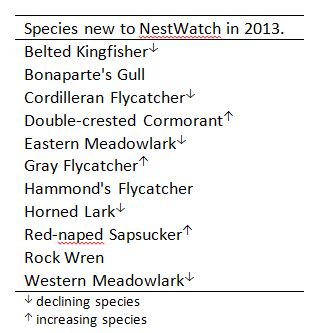
Species new to NestWatch in 2013.
Eleven new species joined the flock in 2013, including five species that are in decline (according to the North American Breeding Bird Survey). The introduction of several new Western species is notable.
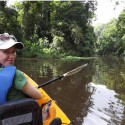
New Year, New Leader
We’re very excited to announce that NestWatch has a new leader at the helm. Robyn Bailey recently took the reins and is enthusiastically heading up NestWatch. If the name sounds familiar, it is because Robyn previously served as the project assistant for NestWatch and YardMap (another cool citizen-science project hosted by the Lab of Ornithology) for the last three years. So, Robyn has been working directly with NestWatchers for some time and is very excited to continue building relationships with participants.
Robyn says, “I am extremely pleased to be taking on more responsibilities with NestWatch. I love this project, and NestWatchers are some of the most devoted, passionate citizen scientists you’ll ever meet. This project would not be possible without them.”
Robyn earned an M.S. from Michigan State University and has studied birds throughout the Southeast, as well as in California, Minnesota, and New York. Fun fact: Before joining the Lab in 2011, Robyn captured and tracked endangered rattlesnakes, studying their habitat needs and survival rates. Although she has never been bitten by a rattlesnake, she has been bitten by cardinals and grosbeaks, and she does not recommend it.